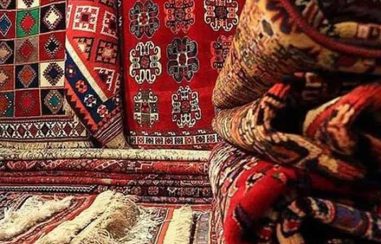The Sassanid Empire, ancient Iran’s last dynasty, began around 224-226 AD with Ardeshir Babakan’s victory over Ardavan V. Ardeshir established the Sassanid rule, which flourished under Shapur but later declined under weaker rulers, ending with Yazdegerd III’s defeat by Arab forces. T o get a better understanding of ancient Persia, Keep reading this article of Parsi Tours, Iran travel agency.
A Quick Look at the Sassanid Empire
Originating from Pars, the Sassanids overthrew the fragmented Ashkanian rule to unify religion and state, claiming to continue the Achaemenid legacy. They successfully defended Iran against external threats, including the Kushans, Romans, and Armenians, maintaining national unity.
The dynasty’s roots are linked to Sassan, Ardeshir’s ancestor, who rose to power through strategic alliances and coups. Ardeshir later overcame Ardavan V, establishing the Sassanid reign. Despite opposition, the Sassanids solidified their rule as Achaemenid successors.
Ardeshir strengthened the empire with a structured army and strategic victories, later appointing his son Shapur as successor and retiring from politics.
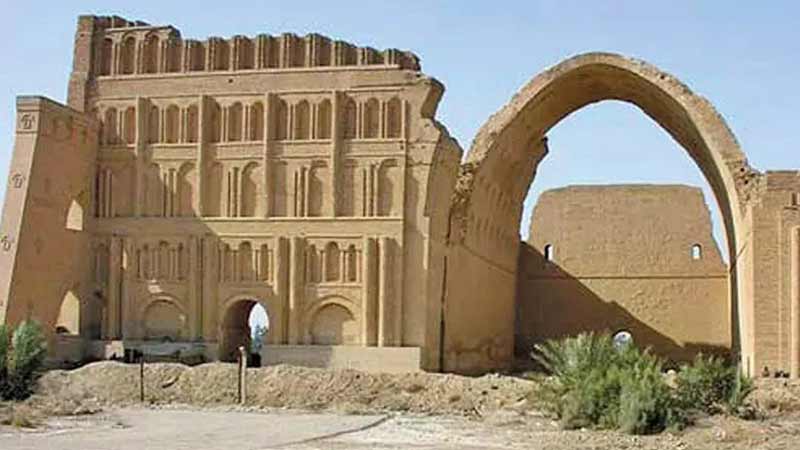
Shapur I’s Reign
Shapur I, Ardeshir’s successor, confronted threats from the Kushans, Armenians, and Romans. He first dismantled the Kushan rule and then focused on the west, recapturing territories from the Romans and achieving notable victories.
Following Shapur I, rulers like Hormizd I, Bahram I, Bahram II, Bahram III, and Narsi had varying degrees of success and setbacks, leading to fluctuating fortunes in their conflicts with Rome and Armenia.
The Era of Shapur II
Shapur II, or Zulaktaf, ruled for 70 years, marking a peak in Sassanid empire power. He expanded the empire and defeated key rivals, including the Roman emperor Julianus, but his death led to a gradual decline under less competent successors.
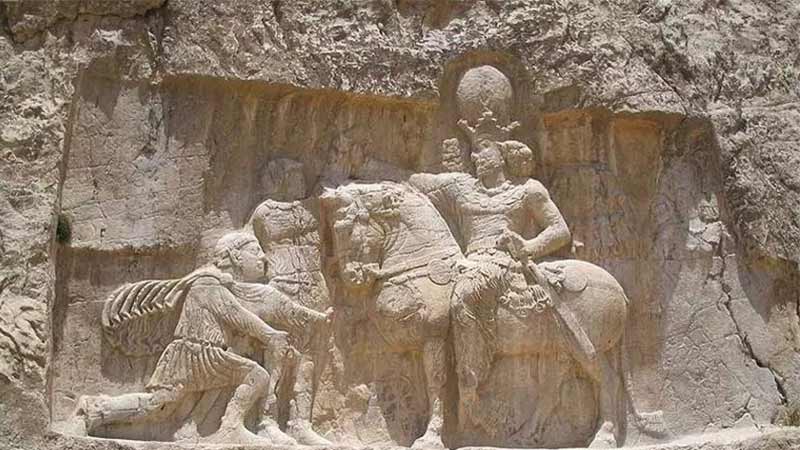
Later Sassanid Empire Rulers
Yazdegerd I promoted religious freedom, though it was later restricted. His reign faced challenges from the Hephthalites in the east and internal succession disputes. His son, Bahram V, known for his ethics and cultural interests, took power with Arab support.
Yazdegerd II initially supported Christians but later changed his stance under clergy influence. His reign saw an Armenian rebellion and subsequent peace restoration. Peroz faced numerous challenges, including drought, famine, heavy taxes, and defeat by the Hephthalites.
Qobad’s reign was marked by economic struggles and the rise of the Mazdakite movement, advocating for wealth redistribution. He was imprisoned, fled, and later reclaimed power with Hephthalite support.
Khosrow I, Anushirvan, continued reforms, leading to economic and social revitalization. He expanded into Syria but refused to pay tribute to the Hephthalites, leading to conflicts with Rome.
Hormizd IV faced challenges from Rome and internal politics, eventually being overthrown by Sassanid princes who placed his son, Khosrow II, on the throne.
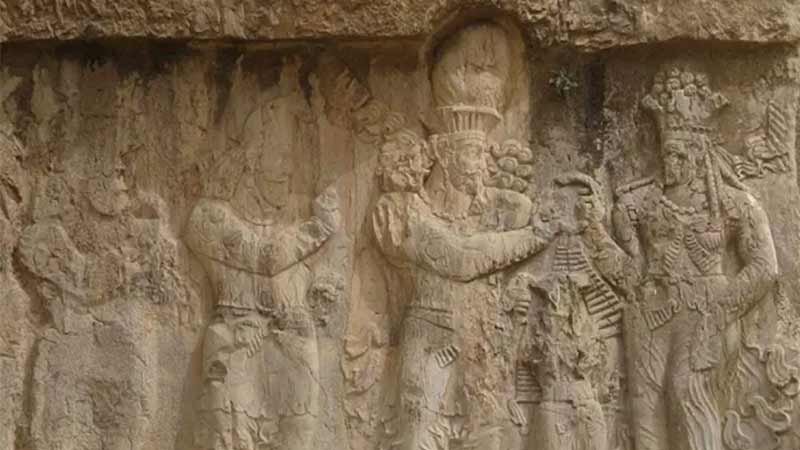
Khosrow II (Parviz) and the Empire’s Decline
Khosrow II, despite personal flaws, initially achieved military success against Rome, expanding the empire’s territories. However, his extravagant lifestyle and Heraclius’s counterattacks led to his downfall. His death marked the empire’s weakening, with ten successive kings, ending with Yazdegerd III’s defeat by Arab forces.
The Sassanid Empire’s decline culminated in 651 AD, following battles at Qadisiyah and Nahavand, and Yazdegerd’s flight and death. This marked the end of a once-mighty empire.
The Pinnacle of Sasanian Political Power
The Sasanian empire saw many ups and downs, and during the reign of its famous kings, it had significant political authority. However, the pinnacle of Sasanian political power was during the reign of Shapur II.

Sasanian Culture and Beliefs
Sasanian culture was derived from Achaemenid culture, and they considered themselves inheritors of the Achaemenids. The foundations of the Sasanian state were based on Zoroastrianism, and during this era, the integration and focus on religion and state were quite evident. Although there were periods of religious tolerance and figures like Mani and Mazdak emerged, during periods like Shapur’s reign, with the presence of Kartir, the Chief Magus, alongside seven powerful Sasanian kings, Zoroastrianism was the sole official religion of the country.
The Sasanians had their own script and language, evident in inscriptions from that era. The Sasanian Pahlavi script and language were used for administrative purposes, and inscriptions were also in Pahlavi.
The Sasanian Society Divided into Four Classes
Sasanian society was a class society divided into four categories: clergy, warriors, farmers, and craftsmen. People in each class, regardless of their abilities, were not able to move from one class to another.
Many historical artifacts from the Sasanian period remain, showcasing the architecture and art of the era. Research on the numerous remaining coins from this period illustrates the economy and art of the time. Sasanian art and architecture were based on religious thought. In their architecture and art, influences from Achaemenid and Parthian periods can be seen. Semi-circular arches and plasterwork used in this period’s architecture are examples of their art and architecture. The Ka’ba-ye Zartosht might be the most important historical and architectural relic of this era.
Historical Artifacts Remaining from the Sasanian Dynasty
Numerous historical artifacts from the Sassanid empire have survived, including historical and religious buildings, palaces, temples, fire temples, inscriptions, bas-reliefs, and tombs of Sasanian kings.
Ardashir’s Palace in Firuzabad
Ardashir’s Palace, built by Ardashir Babakan during the Sasanian period, consists of interconnected halls. Despite being around 2000 years old, the plasterwork above the interior walls still remains. To the east of the palace, there are dome-shaped buildings that have been philpused. A part of the domes’ roofs is open in a one-meter diameter circle. The palace’s north side has a refreshing spring, and a river running alongside the palace’s eastern wall contributed to the city’s prosperity. A fire altar is located above the palace, used for religious ceremonies.
Sarvestan Palace
Sarvestan Palace, located 9 kilometers from the city of Sarvestan, covers an area of about 25 hectares and is made of stone and plaster. The palace’s ivan is 13 meters long and 18 meters wide, with a domed ceiling. Smaller than Firuzabad Palace, its arches are brick-built. This majestic Sasanian palace features a central ivan and dome in its courtyard. The palace’s domes are philpused, and earrings were used for reinforcement.
Columns were used to support the palace’s roof, and the hills and unevenness suggest that buildings once existed there. The architecture of Sarvestan Palace demonstrates the attractiveness of Sasanian-era architecture. Some researchers, based on the building’s coordinates, attribute it to the late Sasanian period.
Anahita Temple of Bishapur
The Anahita Temple in Bishapur is a surviving relic from the Sassanid empire era, located in Kazerun County. This structure, situated alongside the Sasanian Palace of Shapur, has a cubic appearance. Each side of the temple measures 14 meters and is constructed from carved stones. Built in the architectural style of the Achaemenid era, the stones are connected with iron clamps. The Anahita Temple is situated 6 meters below ground level, with stairs connecting it to the palace.
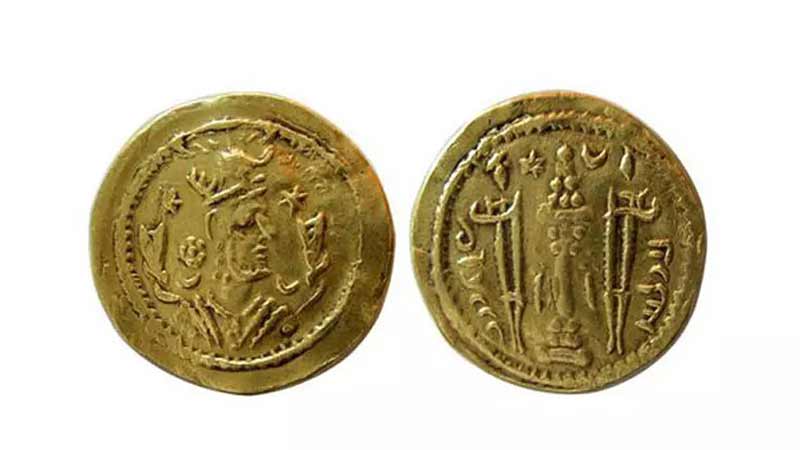
Cube of Zoroaster
The Cube of Zoroaster is a quadrangular structure located in the Naqsh-e Rostam area of Marvdasht in Fars. This structure faces the tomb of Darius II and is rectangular in shape. Made from limestone, it stands approximately 12 meters tall. The entrance features stone steps leading to an inner chamber. The stones used in its construction are rectangular and show no signs of mortar.
On the walls of the Cube of Zoroaster, there are inscriptions written by Kartir.
Regarding the purpose of the Cube of Zoroaster, opinions vary. Some consider it a fire temple and a place for worship and lighting sacred fires, while others, due to its resemblance to the tomb of Cyrus, believe it to be the tomb of a king. The inscriptions on this structure are related to Kartir, the chief priest of the Zoroastrian faith during the Sassanid empire era.
Qasr-e Shirin
Qasr-e Shirin is one of the cities built during the Sassanid era. This beautiful city, now located in Kermanshah Province, was constructed by Khosrow Parviz. In this city, he built a garden with beautiful palaces and, due to the city’s pleasant climate, used it as his summer resort. The palaces and royal resorts of Qasr-e Shirin were destroyed following the Arab invasion.
Taq-e Bostan
Taq-e Bostan is a Sassanid empire era monument built during the reign of Shapur II. Located 20 kilometers northwest of Shush, little remains of this structure. What does remain indicates it had a length of 46 meters and a width of 5.14 meters. The remnants of Taq-e Bostan suggest that it had a grand hall with a door on each side, with the Karkheh river flowing nearby.
Archway of Ctesiphon
The Archway of Ctesiphon, also known as the Iwan of Madain, is one of the most significant Sassanid era monuments, located in Tisfun. The Tisfun Palace was a venue for the royal audience and important political meetings during the Sassanid era. The archway is about 25 meters long and 30 meters tall. This palace was looted during the Arab invasion, later used as a mosque, then abandoned and left in disrepair. It is said that Mansur Abbasid made significant efforts to destroy it but stopped when he realized the high cost.
Sassanid Inscriptions
Many inscriptions from the Sassanid era have been left behind, some of the most important of which are:
- The inscription of Ardeshir Babakan and Ormuzd in three languages: Pahlavi, Greek, and Parthian at Naqsh-e Rostam.
- The Ibnun inscription, located 10 kilometers east of Barm Delak, now in the Narenjestan Garden of Shiraz.
- The Shapur inscription in Hajiabad, near Naqsh-e Rostam, written in Pahlavi and Parthian.
- The Shapur inscription in Tang-e Baraq, located 100 kilometers northwest of Hajiabad.
- The Shapur inscription on the Cube of Zoroaster in three languages: Pahlavi, Greek, and Parthian.
- The Kartir inscription in Naqsh-e Rajab, the Cube of Zoroaster, Sar Mashhad, and Naqsh-e Rostam are other significant inscriptions from this period.
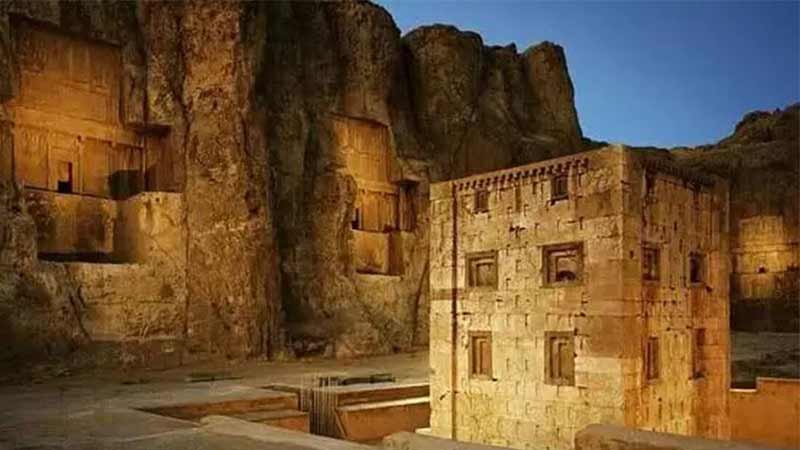
Sassanid Relief Carvings
Numerous relief carvings from the Sassanid era remain, the most important of which are:
- The relief carving of Ardeshir I in Firuzabad, Fars, depicting the coronation of Ardeshir I.
- The relief carvings of Ardeshir I in Naqsh-e Rostam and Naqsh-e Rajab, showing his coronation ceremonies.
- The relief carving of Shapur I in Bishapur and Naqsh-e Rostam, depicting the victory of Shapur I over Valerian.
- About nine relief carvings of Bahram II with various themes in Naqsh-e Rostam, Barm Delak, and Bishapur.
- Relief carvings of Shapur II in Naqsh-e Rostam and Bishapur with diverse themes.
Final Thoughts
In summary, the Sassanid empire was a significant chapter in the history of ancient Iran, marked by impressive leadership, cultural development, and military conquests. From Ardeshir Babakan’s foundation of the dynasty to its zenith under rulers like Shapur, the Sassanids played a crucial role in shaping the political and cultural landscape of their era. Despite its eventual decline and fall to Arab forces, the legacy of the Sassanid Empire lives on, remembered for its architectural marvels, administrative reforms, and the rich cultural heritage it left behind. This period remains a witness to the enduring spirit and achievements of ancient Persian culture and civilization.



